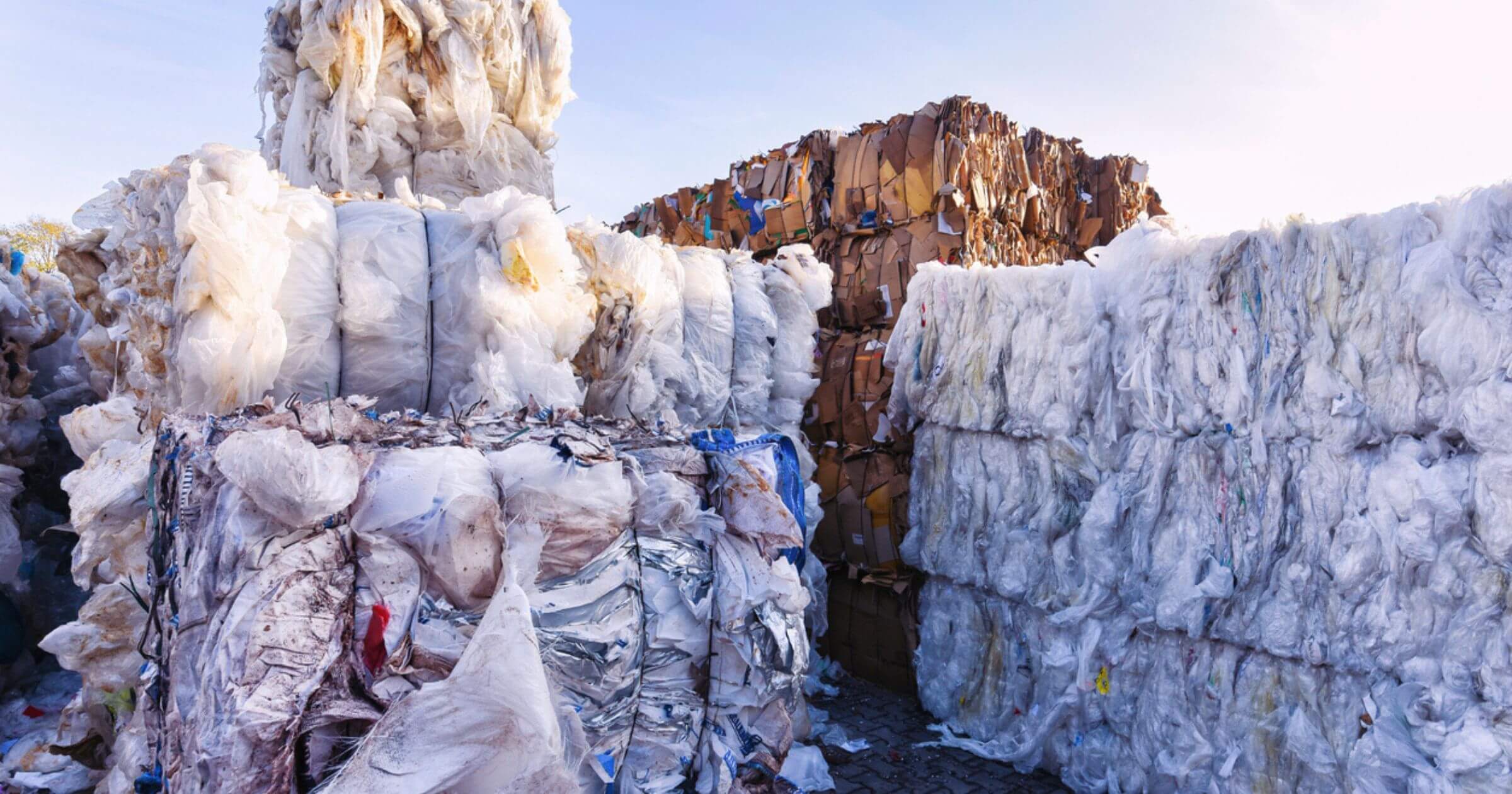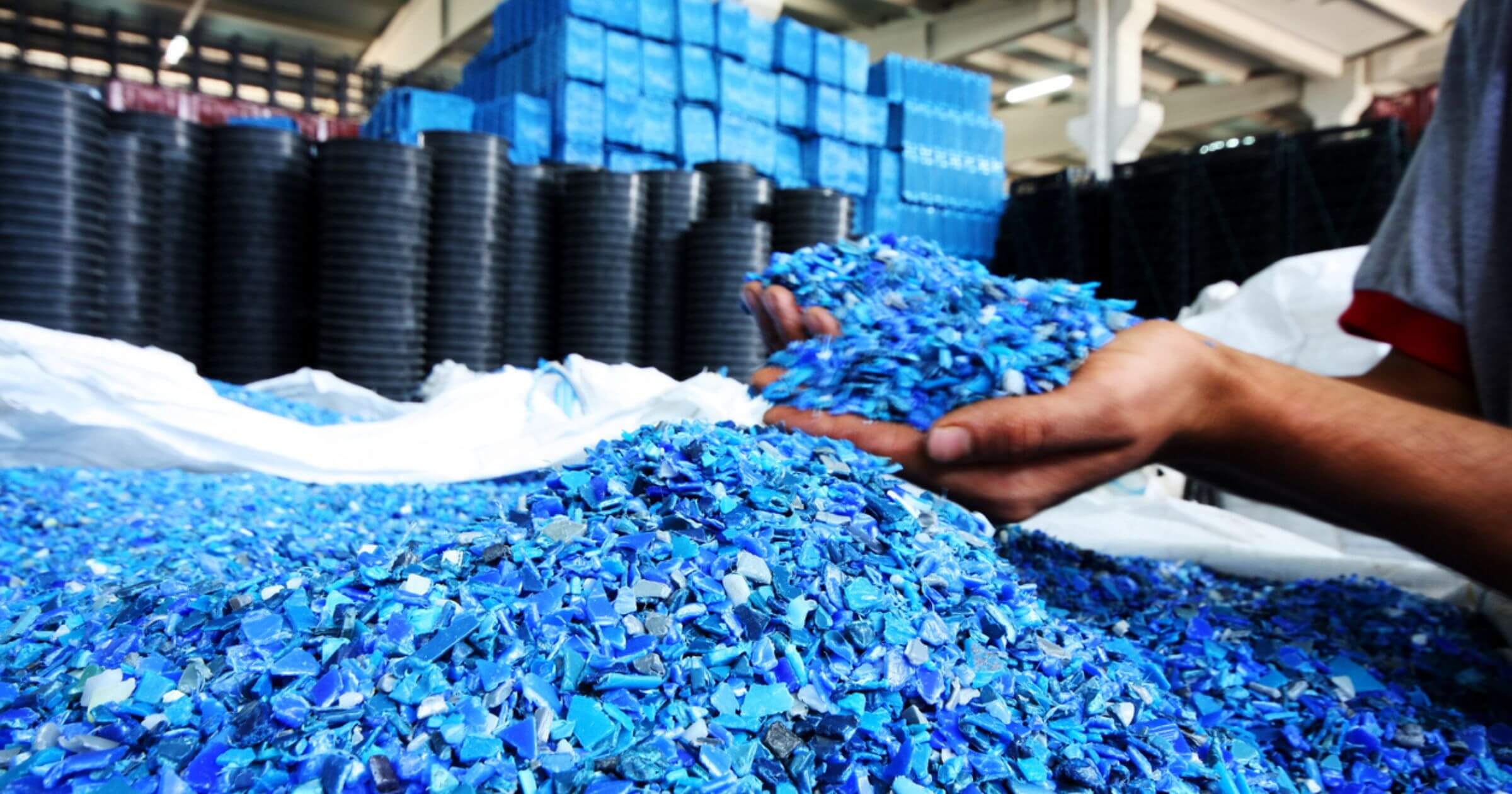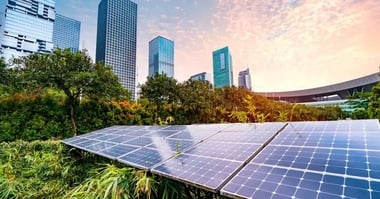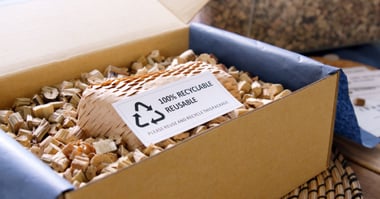
Maura Monaghan
Maura Monaghan has been a digital writer for five years now, covering everything from sustainable ecommerce to types of plastic. She's interested in ecommerce, sustainability, and the ways they can overlap. When she's not writing, she's probably out searching for the perfect cup of coffee.
There are a ton of different types of plastic out there, all with different uses and appearances. Unfortunately, what a lot of them have in common is the makeup of unsustainable materials and a challenging recycling process.
In other words, the best approach to handling plastic is still to limit its use and encourage its proper disposal.
Want to find out how your brand can reduce plastic waste? Check out our guide on Capturing the Conscious Consumer, where you can find the benefits of how to introduce a sustainable strategy, advice on how to do this effectively, and ways CleanHub can help you with the transition.
Alternatively, read on to discover the different types of plastic, and why there’s hope for sustainable alternatives to become more mainstream.
What’s on this page?
01 | What are the most common types of plastic?02 | Developments in ‘eco-friendly’ plastic innovations
03 | What types of plastic can be recycled?
04 | Top 7 plastic alternatives
05 | Summary
06 | FAQs
What are the most common types of plastic?
|
Packaging symbol |
Type of plastic |
Recyclability |
Examples of use |
|
1 |
Polyethylene Terephthalate (PET) |
Widely recycled |
Water bottles, food containers, polyester clothing |
|
2 |
High-Density Polyethylene (HDPE) |
Widely recycled |
Shampoo bottles, cutting boards, milk jugs |
|
3 |
Polyvinyl Chloride (PVC) |
Rarely recycled |
Window frames, wire insulation, drainage pipes |
|
4 |
Low-Density Polyethylene (LDPE) |
Rarely recycled |
Plastic bags, cling film, six-pack rings |
|
5 |
Polypropylene (PP) |
Recycled in some areas |
Takeaway food containers, hot drink cups, automotive parts |
|
6 |
Polystyrene (PS) |
Not recycled |
Packing peanuts, meat/poultry trays, DVD cases |
|
7 |
Other |
N/A |
Bottles, liners, glasses |
1. Polyethylene Terephthalate (PET)
This type of plastic is one that you’re likely to encounter the most. It’s often used for packaging and bottling because it’s clear, strong, and lightweight – it’s actually used to package 70% of carbonated soft drinks, fruit juices, dilutable drinks, and bottled water.
That’s because PET has good barrier properties that help protect food contents from external properties like moisture and air.
This plastic is made through a process called polymerization, a chemical reaction that creates a moldable plastic resin that can easily be made into different shapes.
Recycled PET (called rPET) is often used to make new bottles, containers, and even polyester fibers for clothing.
PET examples
- Soft drink bottles
- Food jars
- Frozen food trays
2. High-Density Polyethylene (HDPE)
HDPE is a sturdy type of plastic that’s often used for containers, pipes, and bottles. Its color is usually either white or black, and it’s created in a process involving hydrocarbon gas that comes from petroleum.
The result is a tough material with good chemical resistance, so you’ll see HDPE used in a number of different ways.
HDPE gets bonus points for being one of the easiest plastics to recycle, often re-entering the lifecycle in the form of bottles, containers, and even plastic lumber.
HDPE examples
- Piping
- Shampoo bottles
- Cutting boards
3. Polyvinyl Chloride (PVC)
PVC is another versatile plastic, and it’s often used in pipes and cables – not to mention vinyl records! Its appearance is rigid – so not like the moldable water bottles you’d see with PET, for example – and it’s a very durable, weather-resistant material.
PVC is technically recyclable, but the process is challenging because it’s often mixed with additives like pigments and stabilizers that can cause contamination.
Its chemical stability also means that PVC is difficult to break down during recycling, and it can release harmful gasses when incinerated.
PVC examples
- Window frames
- Wire insulation
- Drainage pipes
4. Low-Density Polyethylene (LDPE)
This plastic is thinner and more flexible than its high-density counterpart, and you might recognize it in plastic bags, squeeze bottles, and other lightweight food packaging. Similar to PET, LDPE is made through polymerization.
This plastic’s flexible and soft nature actually makes it harder to recycle, partly because these types of products can get caught in the sorting machinery at recycling facilities. Materials made of LDPE are more famous for ending up in the ocean than in any recycling facility.
LDPE examples
- Plastic grocery bags
- Six pack rings
- Cling film
5. Polypropylene (PP)
Polypropylene is a strong, heat-resistant plastic that’s often used in hot food containers and coffee cups. It’s also a big presence in the automotive industry, where it’s used to produce bumpers and interiors.
Many recycling programs accept polypropylene, and its chemical structure allows it to maintain its quality through multiple recycling cycles without significant degradation. And unlike LDPE, the recycling process for polypropylene is cost effective and energy efficient.
Polypropylene examples
- Takeaway food containers
- Hot beverage cups
- Car bumpers
6. Polystyrene (PS)
This type of plastic is both rigid and lightweight, and it’s often used as protection for other products. You’ve probably seen polystyrene in the form of packing peanuts, DVD cases, or egg cartons before. It usually comes in a white or clear color.
You’ve also likely heard of polystyrene’s infamously unsustainable offspring, Styrofoam. A lot of the products above will be made of this specific type of expanded polystyrene (EPS) plastic.
Polystyrene is difficult to recycle because it has a high level of contamination, and its porous makeup combined with its frequent use in food packaging makes it difficult to clean. EPS alone accounts for 17.2% of all plastics in surface marine waters.
Polystyrene examples
- Packing peanuts
- Meat/poultry trays
- Egg cartons
7. Other
This ‘miscellaneous’ category belongs to plastics made from a combination of other types, or that simply don’t fit any one definition.
If you encounter a plastic listed in the ‘other’ category, it’s best to do some digging to figure out whether it can be recycled – the good news is, plastics from this category can sometimes be turned into building materials.

Developments in ‘eco-friendly’ plastic innovations
Industry experts are searching for better ways to make plastic that will have less of an impact on the planet.
Given that over 8 million metric tons of plastic end up in the ocean each year – the equivalent of dumping a garbage truck every minute – the need for sustainable alternatives is only growing.
Here are the most common eco-friendly plastic alternatives on the market right now.
Biodegradable plastic
Biodegradable plastics are made (at least partially) from non-renewable sources, like petroleum.
They have chemical additives that make them decompose more quickly in the presence of factors like light, oxygen, moisture, and heat — so they’re viewed as more environmentally friendly than the traditional seven types of plastic.
Still, these biodegradable plastics are made from fossil fuels, so they can end up creating microplastics or contaminating other recycling streams. While some consider them as a step in the right direction, it’s not the best-case scenario we need.
Bio-based plastics
Bio-based plastics are created to break down naturally over time with the help of microorganisms like bacteria and fungi. They can be made from starch-based materials like potatoes or corn, and some newer solutions like Notpla are even made from seaweed.
Bio-based plastics can be used for packaging or as single-use items like kitchen utensils.
Recycled plastic
You might’ve guessed it, but this type of plastic is made from materials that have already been recycled. It’s made by first sorting all materials manually to remove contaminants. Then, plastic can either be shredded or melted down to ultimately form new products.
The market share of recycled plastics is currently less than 10%, and many potential suppliers don’t invest sufficiently in their sorting facilities because profitability is limited. The OECD has called for policy interventions to address bottlenecks on the demand and supply side of recycled plastics markets.
What types of plastic can be recycled?
Now we know that there are plenty of different types of plastic – but which ones are the easiest to recycle?
- Polyethylene Terephthalate (PET), often recycled to make water bottles or textile fibers
- High-Density Polyethylene (HDPE), often recycled into bottles, containers, and plastic lumber
- Polypropylene (PP), often recycled into dishware and industrial fibers
Top 7 plastic alternatives
While it’s important to try to create more sustainable plastic options, it’s not the only thing we can do to reduce the amount of plastic pollution on our planet.
We can also look to replace plastic with more sustainable materials wherever we can – and there are plenty to choose from:
- Stainless steel can be used for storing beverages both hot and cold
- Glass is infinitely recyclable and can be used to package food items
- Wood can replace plastic cleaning brushes and kitchen utensils
- Natural fiber cloth is a sustainable alternative to plastic bags
- Bamboo grows quickly and therefore recovers quickly, and can be used to build sturdier materials like furniture
- Ceramics are an oldie but a goodie that can replace plastic dishware
- No packaging at all is an option for some products – for example, a bar of shampoo instead of a bottled version
Summary
It’s going to take a few different approaches – and some creativity – to tackle our planet’s plastic waste problem. Whether it’s aiming for more sustainable plastics themselves, switching to natural alternatives, or mitigating the impact of today’s un-recycled plastic, we can each play a role in building a better situation.
Want to reduce your business’s plastic footprint? We can help. All you have to do is get in touch with our in-house team. Once we’ve received your details, we can arrange a call to discuss which plastic recovery plan will suit your business needs best.
FAQs
What are the two main types of plastic?
Thermoplastics and thermosets are the two main categories that plastics can be divided into. Thermoplastics can be molded and remolded repeatedly, while thermosets can’t be reprocessed upon heating.
Which plastic cannot be recycled?
The types of plastic that are most challenging to recycle are polystyrene and polyvinyl chloride, which both have high tendencies of contamination.
What are the 5 most common plastics?
If you’ve read this far, you’ll know the trick answer: There are actually seven! Polyethylene terephthalate, high-density polyethylene, polyvinyl chloride, low-density polyethylene, polypropylene, polystyrene, and ‘other’ are the seven main types of plastic.


.webp?width=380&name=Plastic-on-the-beach%20(1).webp)
.webp?width=380&name=ESG-presentation%20(1).webp)
.webp?width=380&name=Sustainable%20christmas%20(1).webp)

.webp?width=380&name=Buying-online%20(1).webp)

.webp?width=380&name=Sales%20(1).webp)

.webp?width=380&name=Sorting-trash%20(1).webp)
.webp?width=380&name=Ecommerce-business-owner%20(1).webp)
